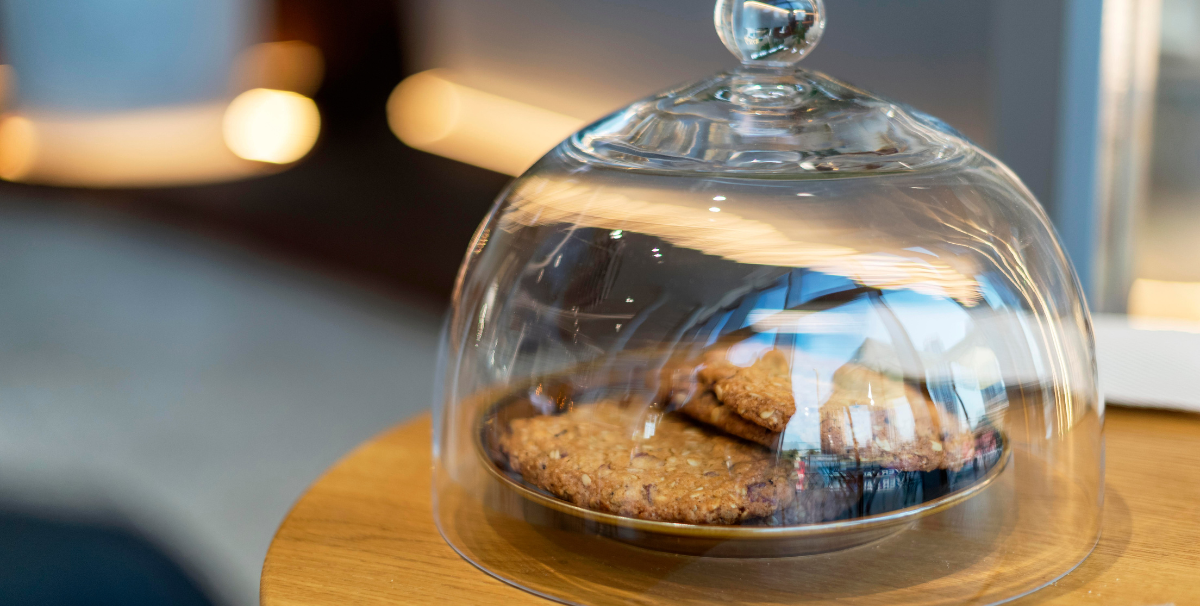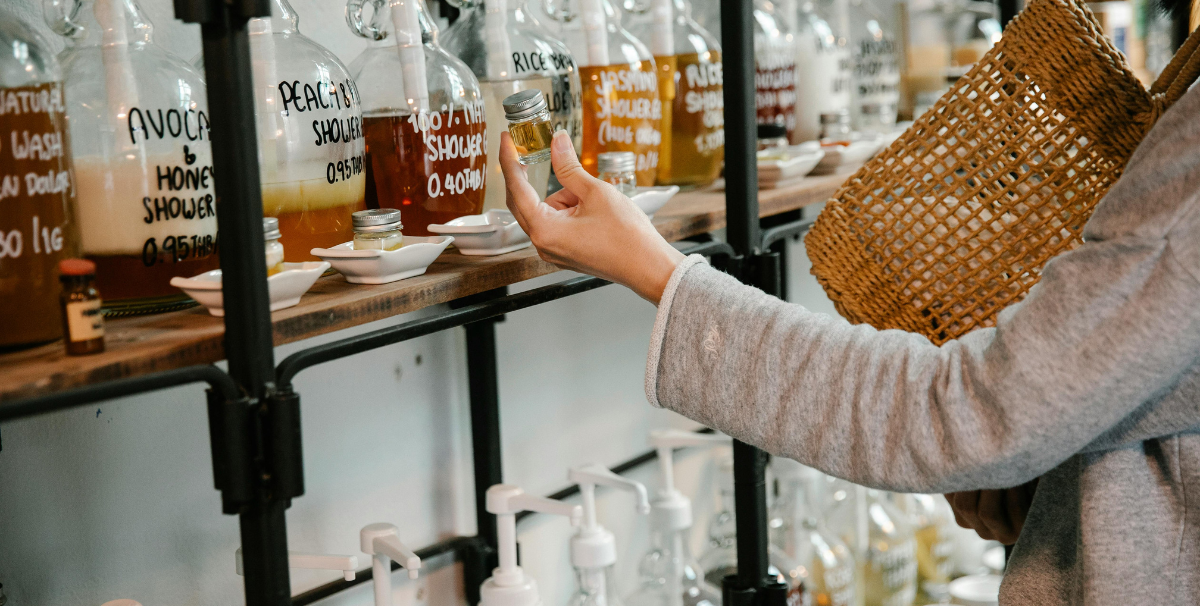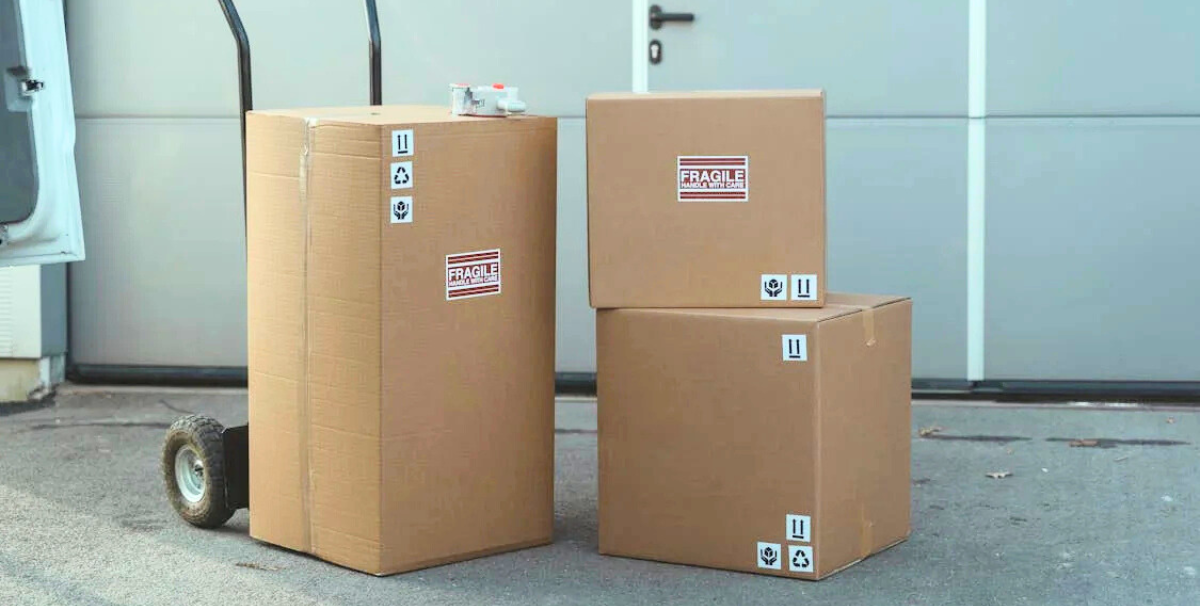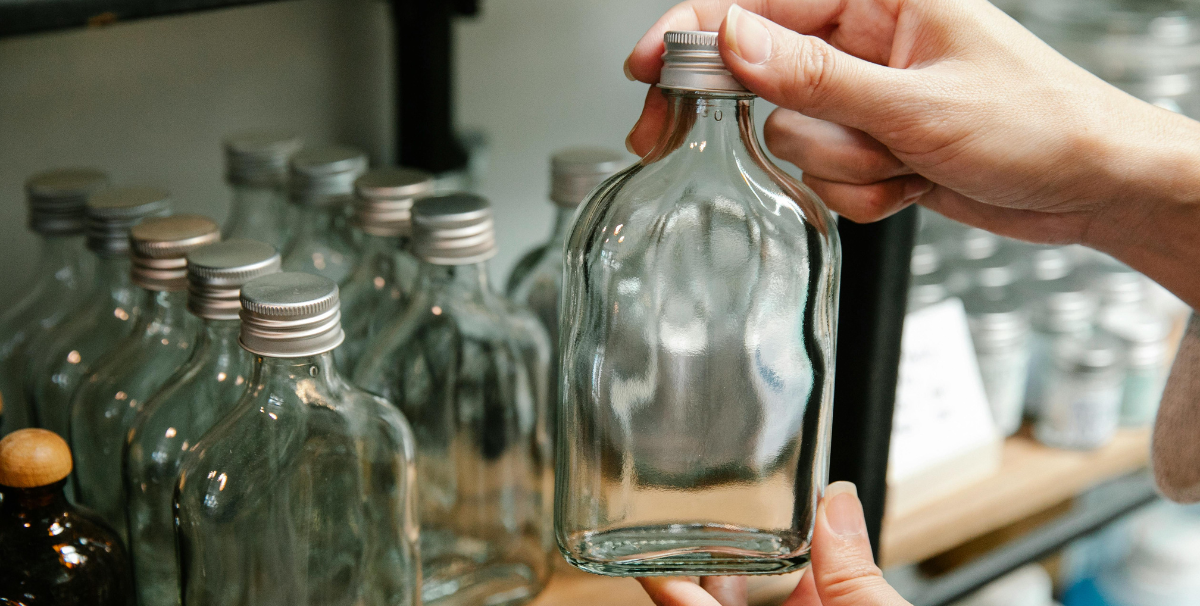In the world of pastry, every detail matters when it comes to offering your customers an unforgettable experience....
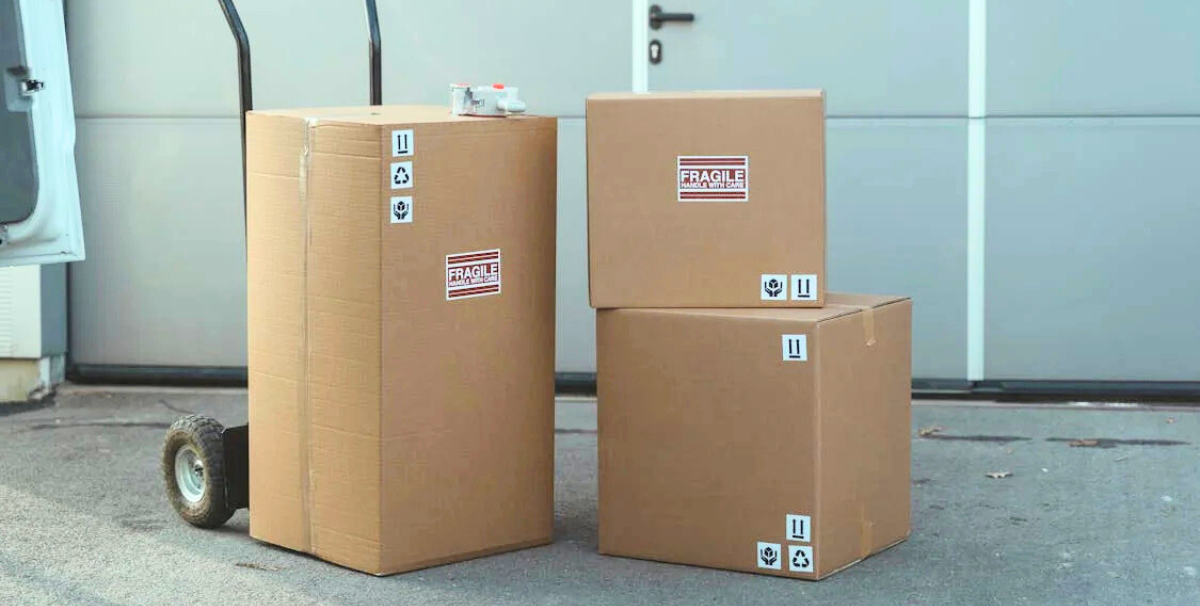
How to ship glass-packaged products safely: a guide for businesses
1. Why glass packaging is crucial
Glass is a delicate material that can easily break under pressure or impact. It is therefore essential to fully understand the stakes related to packaging to avoid negative customer returns or extra costs due to broken products. The main goal is to protect glass products from shocks, vibrations, and temperature changes during transport.
1.1 Risk of breakage
The risk of breakage is high, especially during long-distance shipping or in extreme weather conditions. It is crucial to choose the right packaging materials and follow strict procedures to prevent any damage.
1.2 Importance of brand image
Shipping products in perfect condition is also vital for your company’s image. Customers expect quality products that arrive safely. Broken products can lead to a bad reputation and negatively affect customer loyalty.
2. Choosing the right packaging material for glass
Good packaging starts with selecting the right materials. Here are the best options for packaging glass products:
2.1 Bubble wrap
Bubble wrap is an essential choice for protecting glass items. It creates a cushioning barrier that reduces the risk of breakage from shocks or drops. Make sure to wrap each item several times with bubble wrap and secure it with strong tape.
2.2 Protective foams
Protective foams, such as polyethylene foam or foam sheets, are an excellent alternative to bubble wrap. They conform perfectly to the product’s shape and provide optimal shock protection.
2.3 Corrugated cardboard shells
Corrugated cardboard shells are a great choice to reinforce the protection of glass items. They are particularly effective for small items. Adding cardboard partitions helps prevent the products from moving inside their packaging.
2.4 Shrink wrap
Shrink wrap, which tightly covers glass products like a second skin, can be used alongside bubble wrap or foam to further secure products during transport. Once applied, the film creates a snug, shock-resistant envelope.
3. Secondary packaging: additional protection
Once your product is wrapped in protective materials, the next step is to choose a sturdy box for the outer packaging. It’s essential to use good-quality cardboard that’s strong enough to withstand handling during shipping.
3.1 Choosing an appropriate box
Opt for double or triple-wall corrugated cardboard boxes, which offer extra resistance to shocks. The box should be large enough to allow sufficient space around the item but not too large to avoid the product moving inside.
3.2 Filling empty spaces
Empty spaces inside the packaging can cause unwanted product movement during shipping. Use filling materials such as packing peanuts, crumpled paper, or foam blocks to fill these gaps and prevent shifting.
4. The importance of labeling
Clear and precise labeling is essential to inform carriers and handlers about the fragile nature of the package. Use labels like “Fragile” and “Handle with Care” on all sides of the package so logistics personnel take extra precautions.
4.1 Use warning stickers
Visible stickers can be placed on the packaging to remind anyone handling the parcel that it contains fragile items. In addition to written messages, universal graphic symbols can be used to make the warning clearer.
4.2 Avoid stacking fragile packages
When shipping multiple packages, avoid stacking fragile packages on top of each other. If necessary, clearly indicate the “This Side Up” position on the packaging to ensure parcels are always oriented correctly.
5. Choosing the right mode of transport
The mode of transport plays a crucial role in the safety of glass products. Each shipping method has advantages and drawbacks:
5.1 Air freight
Air freight is fast but can be less gentle on fragile products. It is therefore essential to use extremely secure packaging to reduce the risk of damage. Working with carriers specialized in fragile goods is recommended.
5.2 Sea and road transport
Sea and road transport can be more economical but may involve rough handling. In these cases, it is crucial to reinforce packaging and ensure products are properly secured inside transport vehicles.
5.3 Express shipping
Express services may offer more precise tracking and additional guarantees for fragile shipments. Some companies provide special options for shipping fragile items, which can be worth considering.
Conclusion
Shipping products packaged in glass requires preparation and careful attention to every detail, from packaging to carrier selection. By choosing appropriate protective materials, ensuring clear fragile labeling, and selecting the right mode of transport, you maximize the chances that your products arrive in perfect condition. Investing in quality packaging and rigorous shipping practices will only enhance customer experience and protect your business from losses due to broken goods.
%5B1%5D.png)
